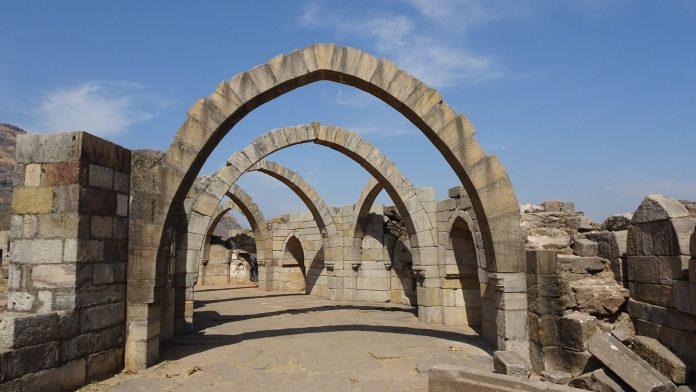It’s okay if you are bored of seeing people travel to known places which you seldom see in films and read in books. Needless to say, that the Indian subcontinent covers some of the most manifold landscapes in the world having a vast expanse and sheer diversity, you would surely like to learn about some of the secretive offbeat destinations which not many people have explored before. There are a number of unexplored destinations, which might interest you. Here, we will be talking about eight of them. So, let’s get started…
1. Tawang, Arunachal Pradesh
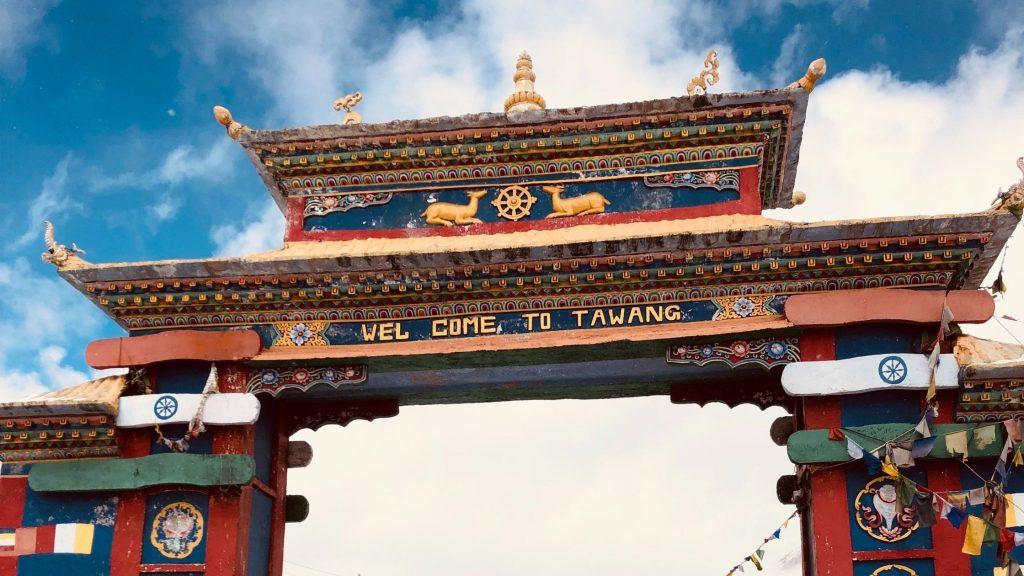
Although in recent times this specific hill station is now getting ample tourist attention, the place is still among one of the top offbeat places in India. Located 3048 meters above the ground, the birthplace of Dalai Lama-Tawang is perhaps the best place for anyone who likes monastery hopping. It is famous for its 400-year-old monastery. This monastery is one of the biggest Buddhist monasteries to be found in India and is an important pilgrim center for the followers of Buddhism.
Located amidst the picturesque surroundings, the Tawang Monastery also known as the Golden Namgyal Lhatse and is one of the gems in Arunachal Pradesh. Apart from its religious significance, Tawang is famous for its natural beauty, which attracts and enchants tourists. People prefer to go there for vacation between March and September when the weather is quite bearable.
2. Kasol, Himachal Pradesh
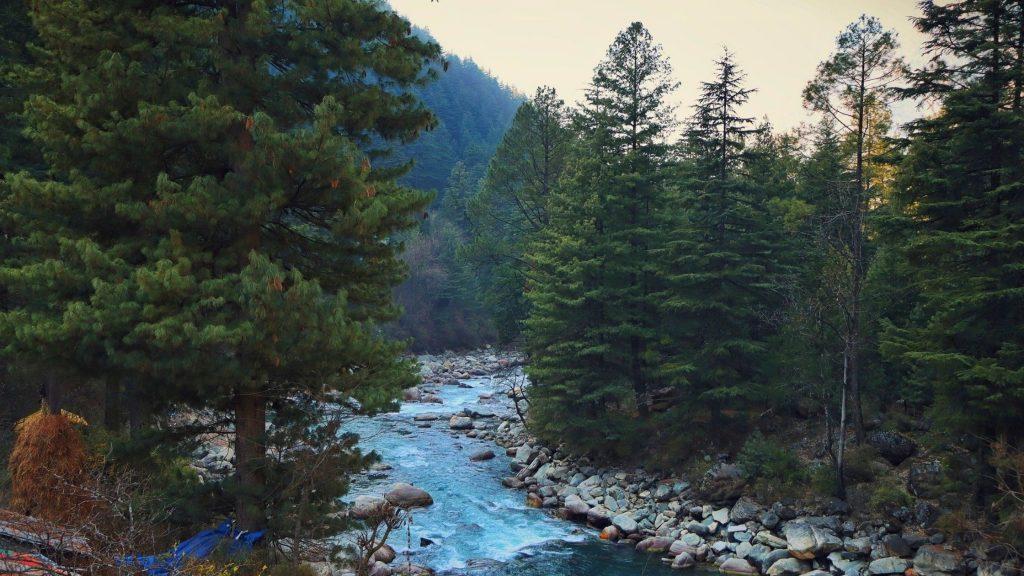
Situated in the Parvati Valley, Kasol is a modernized tiny village, in the Kullu district of Himachal Pradesh. The place is a picture-perfect getaway where you can relax and chill in your own company. Kasol is home to several Israelis and is also known as ‘Mini Israel’. The Israeli culture is prevalent here. Everything is found here ranging from various cafes and eateries to shops selling anklets, scarves, woolen clothes, bandanas, accessories, shoes, etc.
The Kasol Music Festival is a two-day event that is celebrated to welcome the new year. The place is also known for its thrilling treks, flavorsome food, roaring the Parvati river, and is an abode of heartfelt humanity. Kasol experiences snowfall in winters between October to February. The summer is the best time to visit Kasol as the weather remains pleasant at that time.
3. Champaner, Gujarat
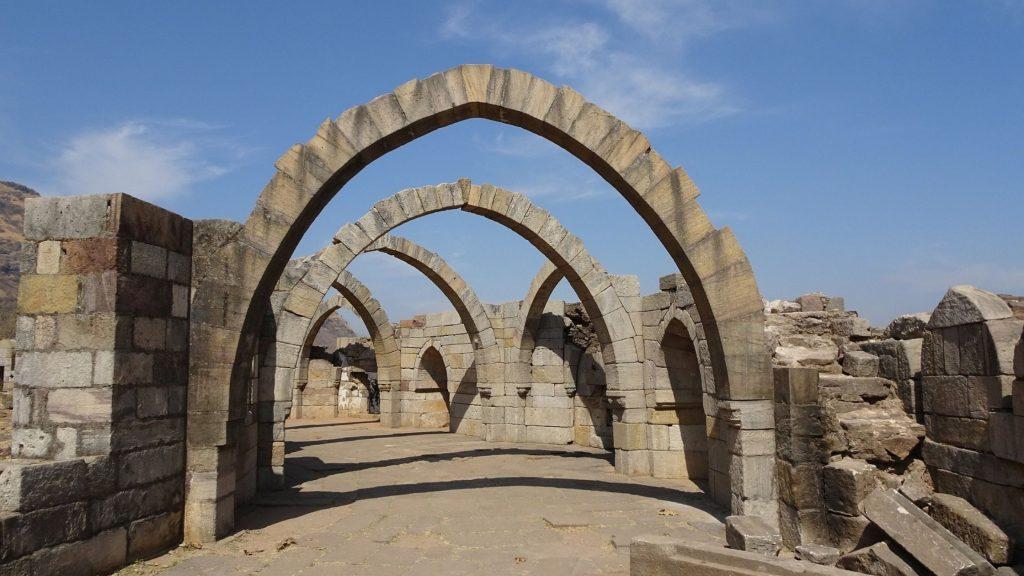
Located in the city of Pavagadh, this historic beauty is still unexplored. Champaner was founded in the 8th century by King Vanraj Chavda, the most prominent king of the Chavda Dynasty. It was the capital of the Gujarat sultanate for a short span of time.
A UNESCO Heritage site, Champaner, and Pavagadh are often clubbed together as one of the most engaging historical attractions of Gujarat and feature a concentration of archaeological, historical, and living cultural heritage properties cushioned in an impressive landscape. Pavagadh stands on top of the hill that looks over the sprawl of monuments at the base in Champaner.
There is so much to see here. The ancient buildings, mosques, fortress, several pilgrimage sites, and much more.
4. Gokarna, Karnataka
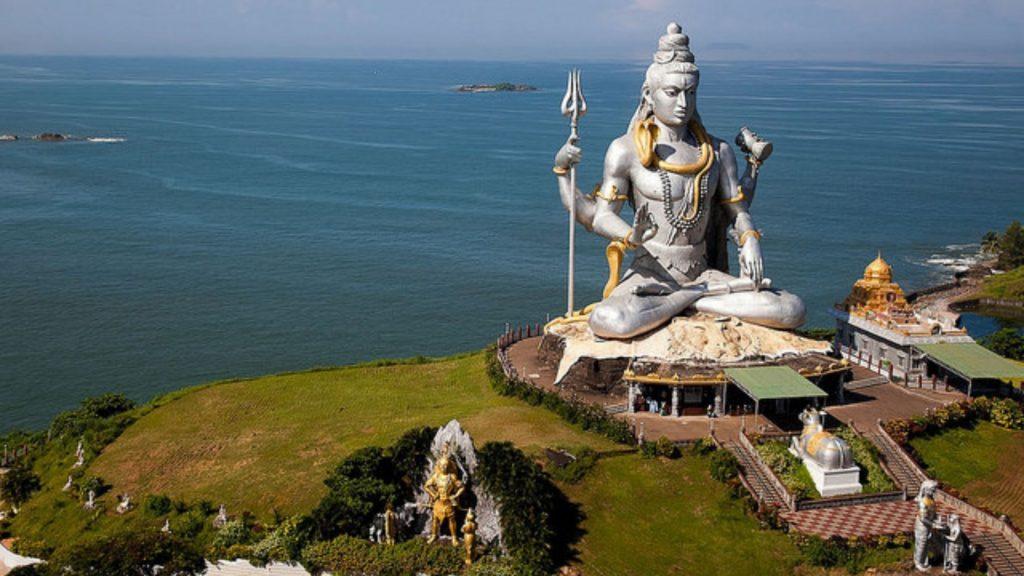
Gokarna is a town on the Arabian Sea, in southwest Karnataka. A place to be known for its idyllic beaches and primitive waters, Gokarna is a favorite among travelers who seek a peaceful vacation. Since the rate of commercialization is low, Gokarna is comparatively less crowded than Goa because a lot of people still do not know of this amazing place. If one is looking for a lesser crowd, then Gokarna is a great place to visit.
There are a number of beaches which offer majestic landscapes. Besides this, Gokarna can be considered a pilgrimage destination for Hindus. Sacred sites like Mahabaleshwar Temple, which has a shrine dedicated to the deity Shiva is located here. There is also a Koti Teertha, which is a temple tank where devotees purify themselves in the holy water.
5. Gulf of Mannar, Tamil Nadu

Gulf of Mannar is a gulf about 80–170 miles (130–275 km) wide and 100 miles (160 km) long bounded to the northeast by Rameswaram (island), Adam’s (Rama’s) Bridge (a chain of shoals), and Mannar Island between southeastern India and western Sri Lanka. The Gulf of Mannar Marine National Park is a group of 21 small and enthralling islands and is the epicenter of marine biodiversity in India. The sheer variety of seabirds that hover here makes it an absolute delight for bird watchers.
Nearby Attractions include the Rama Tirtham (Gandhamadana), Ruined Temple/Church of Dhanushkodi, Kothandaramar Temple, and Agnitheertham. The Gulf of Mannar is known for its age-old pearl banks of Pinctada radiata and Pinctada fucata. Though the National park is open year-round, the best time to plan a visit is during October-March.
6. Shoja, Himachal Pradesh
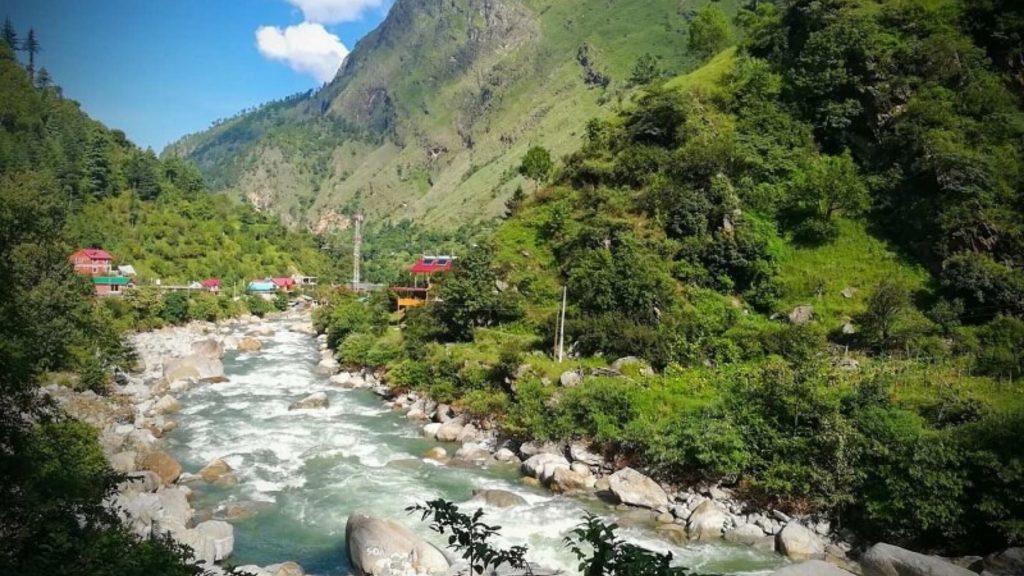
Shoja is a hamlet located in the Seraj Valley, which forms a link between the districts of Shimla and Kullu. It is a small hill station and tends to get overlooked by tourists. The peaceful village is surrounded by snow-capped mountains and coniferous and deodar forests and gives off close-to-nature vibes. To be honest, Shoja is pollution-free due to the lack of motor vehicles. Try out nearby hikes or visit some of the local tourist spots like there are varied waterfalls there, or just lay down in peace, it will refreshen you to a whole new level.
7. Siju Caves, Meghalaya
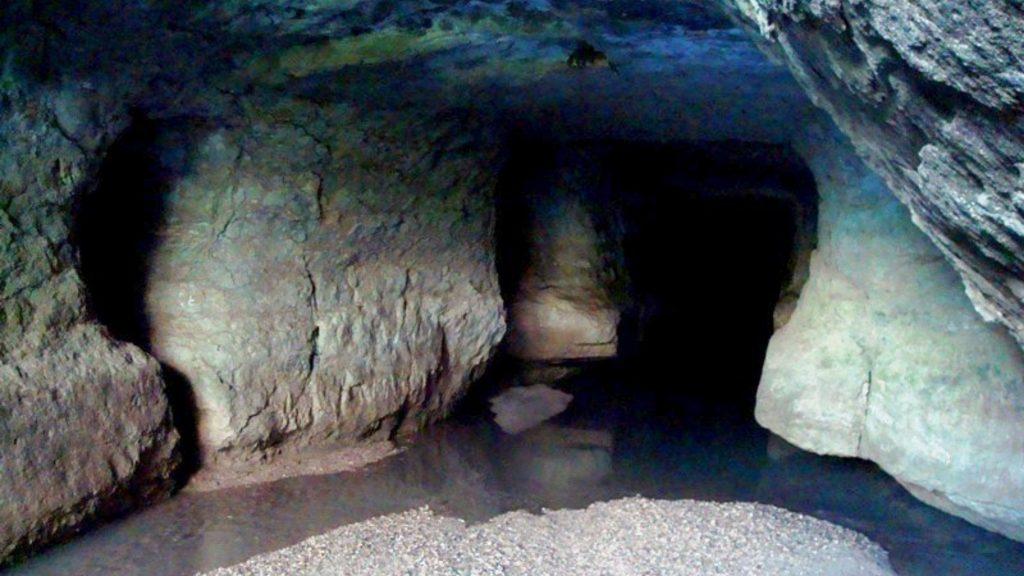
Located on the lateral side of the Simsang River near the Naphak Lake in Meghalaya, the caves of Siju are world-famous limestone caves carved by a grand river network interplay. The 4772 meters cave is located in Garo hills and is also known as Dabokhol, which means the home of the bats in the local dialect. The deepest and longest cave in South Asia might sound like a mix of thrilling and scary emotions, but once you overcome that fear part, you won’t regret it but cherish a lifetime experience.
It’s totally a hell of an adventure for sure since crossing the rough paths and under-world streams won’t be a child’s play.
8. Tirthan Valley, Himachal Pradesh
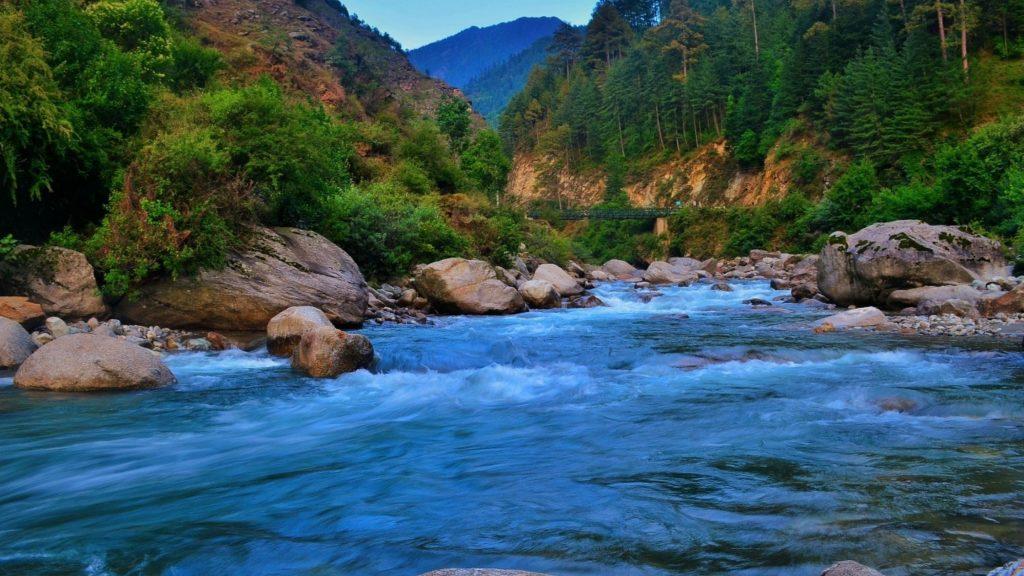
Another offbeat site found in the Himachal only, the Tirthan Valley is located in Kullu and derives its name from the Tirthan river, which winds its way through it. The valley is known for the stunning Tirthan river only, the icy glacial springs and the flourishing natural beauty at the Great Himalayan National Park harnesses peace. Rock climbing, fishing, and camping are some of the affordable activities that one can carry out here. The Jalori Pass, the Serlosar Lake, and the Chhoie Waterfall are a must-watch.
The rustic charm of the Tirthan, pretty rivulets, insanely scenic hikes, and treks, The Great Himalayan National Park, and the local cuisine make Tirthan valley absolutely worth visiting.
Also read:


